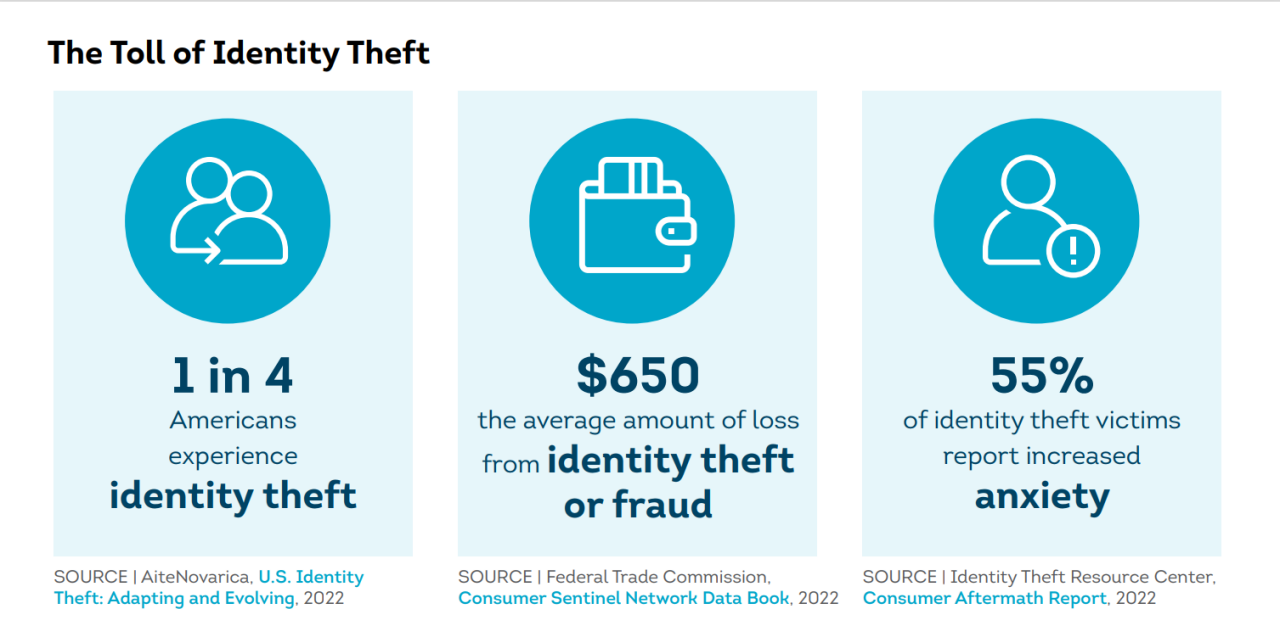Summary:
Did you know that when you search the internet, you’re only seeing 5% of the web? The internet is multi-layered, deep and complex. The “Surface Web” is the area most of us spend our time — using social media sites, online shopping, reading news feeds and visiting business, informational and entertainment websites.
The other 95% of the internet is called the “Deep Web,” and that is where protected information lives, such as tax data and medical records, or government and academic information. The Deep Web is full of data that won’t appear through regular internet browsing, but is accessible from within a protected or internal site, such as your personal bank account information when you log in to an online banking site, or your business emails when you log into your company’s email system.
However, there’s an area of the web that is unindexed and difficult to access. It’s also very popular for purchasing illegal contraband including hacked databases. This is known as the “Dark Web.”
Stolen Identities Live on the Dark Web
When a data breach occurs, the stolen data often ends up on the Dark Web — the black market of the internet where cyberthieves buy and sell this information for profit. The Dark Web is an encrypted part of the Deep Web, which requires specific dark web browsers to reach, and can keep anyone and anything invisible, private and anonymous.
In the Dark Web, there are no regulations or protection. Although not everyone is using the Dark Web to engage in illegal activities, it has a history of also being leveraged as a platform for political dissidents and corporate whistleblowers.
As of 2020, there are over 18.7 billion records and 15 billion username and password credentials to online digital services, including bank and social media accounts, circulating on the Dark Web for sale. Purchases for this data and other illegal items are made using Bitcoins, and in November of 2020, the U.S. government seized upwards of $1 billion worth of bitcoin linked to the Dark Web.
Do you know how much your identity is worth to fraudsters on the Dark Web? You might be surprised at the going rate for identity elements. For example:
- PayPal Account Details = $14
- U.S. Driver’s License = $100
- Online Banking Login = $40
- Credit Card Details = $150
- Hacked Instagram Account = $45
- Valid U.S. Social Security Number = $2
Bundles called “fullz,” containing an individual’s full set of identifying credentials such as SSN and date of birth, can sell for as little as $8 on the Dark Web.
The value of personally identifiable information (PII) to fraudsters is determined by how plentiful the data is, and how valuable it can be long-term, including reselling of the stolen information to other criminals on the Dark Web in the future.
Identity Monitoring for the Dark Web
When your PII is obtained by an identity thief, it can have a severe negative effect on your finances, your livelihood and your good name — not to mention the impact on your family. The resulting stress, financial loss and time spent trying to recover from such a crime can be overwhelming.
For a person faced with identity theft, t’s an emotional burden as well as a huge disruption to your life, with time spent away from the office to restore your good name.

Unfortunately, once your personal information is exposed on the Dark Web, it remains there indefinitely. There is no service that can scrub your data from the Dark Web, and the longer it is there the more damage it may cause.
At IdentityForce, we have key capabilities built to rapidly uncover if a member’s identity is being bought and sold on the Dark Web. We do this by offering:
- 24/7 Monitoring | Continuous scouring of thousands of websites, chat rooms, blogs and other data sources to detect illegal trading and selling of your personal information.
- Proactive Dark Web ID Theft Detection | Running comprehensive scans, across unindexed sites frequented by hackers and cybercriminals, to detect if any of your personal information (which may include Social Security number, driver’s license, mother’s maiden name, phone number, email addresses, bank account and routing numbers, credit and debit card numbers and medical identification numbers) appears.
- Anywhere, Anytime Visibility | From our mobile app, our members can review their financial and personal information so that they can spot fraud quickly and stay on top of their key financial account activity. Members using IdentityForce Mobile also have visibility into their personal account information and whether there is any dark web activity, plus the power of mobile threat protection through Mobile Attack Control™, which monitors and alerts IdentityForce Mobile App users to a wide array of threats including rogue apps, spyware, unsecured Wi-Fi connections, and even recognizes fake or “spoof” networks. You also get access to a Virtual Private Network (VPN), that provides a secure internet connection anywhere you go.
- Rapid and Smart Notifications | Alerting you rapidly of any suspected fraud and providing you with actionable next steps.




